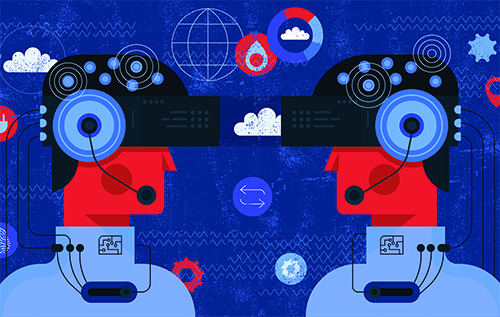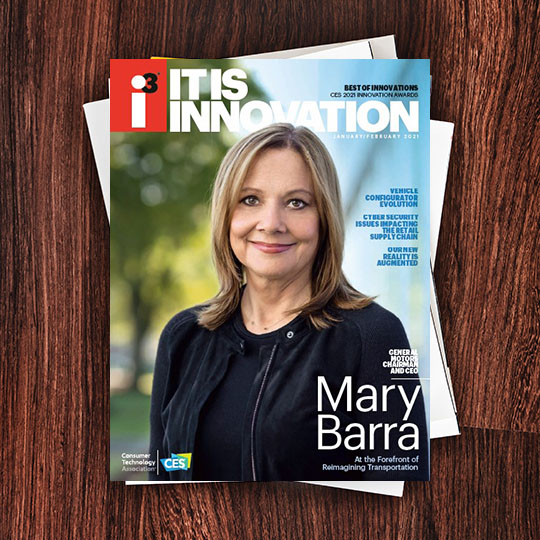We’re nearing a point at which the real world will serve as a backup, so to speak, for exquisitely detailed digital realms in which we can plan, design and test virtually anything.

The concept of a digital twin — a virtual mock-up of a physical object or space on a platform that passes data between the two — has been around since the early 2000s. But only recently has technology risen to the challenge of delivering on the promise.
Today digital twinning is being used in fields as varied as medicine (to synchronize all sources of patient data to create a complete picture of a patient’s needs), regional planning (to easily share data in a standardized form, collaborate on solutions and better plan maintenance and new construction) and manufacturing (allowing businesses to spot potential problems before they happen). This is part of the promise of Industry 4.0, the influence of which will likely impact every industry.
Thirteen percent of organizations implementing Internet of Things (IoT) projects already use digital twins, while 62% are either in the process of establishing digital twin use or plan to do so, according to Gartner. Deloitte estimates that the digital twin industry will grow from $3.8 billion in 2019 to $35.8 billion in 2025. Early adopters included manufacturers (a Czech car maker used digital twinning to determine how to integrate a new robot station into its assembly line, in three weeks less than conventional methods); the oil and gas industry (for predictive maintenance and training); and the U.S. Navy (for keeping track of ship parts).
The government of Singapore funded the creation of a digital twin of the entire city, and a group called Infrastructure New Zealand is calling for a similar project for that island nation. The European Union is planning a digital twin of the entire Earth “that would simulate the atmosphere, ocean, ice and land with unrivaled precision, providing forecasts of floods, droughts and fires from days to years in advance.”
But use in the product development process “dominated the digital twin market in 2019, owing to the rapid integrating of digital clones to track the performance of every individual component of a product,” reports ResearchAndMarkets.com. Using digital twins can “bring down the mean time to repair (MTTR) and mean time between failure (MTBF). All this ultimately decreases the operating costs and increases the operational efficiency.”
But efficiency is just the beginning.
“When it comes to solving big human and social problems, the process of innovation becomes that much tougher,” notes the MIT Sloan Management Review. “It may be unethical to run experimental tests on somebody’s heart, for example, and you can’t stop traffic in a city’s rush hour to experiment with new routing systems. Or can you?”
You can with a digital twin.
“Just as humans collaborate to innovate, so, too will digital twins,” according to the MIT Sloan Management Review. Much of the value associated with digital twins arises from a digital thread, a connecting infrastructure that allows digital twins to share information with one another and connect traditionally siloed functional perspectives.”
The pandemic is expected to accelerate the adoption of digital twinning in construction, as architects “design and build for maximum social distancing under various human traffic scenarios and to strategically incorporate and test other building elements like occupant temperature, contact-free interfaces and robotics,” per ConstructionDive.com.
So, if we’re to see the silver lining from the pandemic, we now have a captive audience at home (as consumers and professionals) and XR can be a solution while the real world is getting back to normal. XR is no longer just for gaming, it can bring us together in new ways and provide tools to predict and build our collective futures.

I3, the flagship magazine from the Consumer Technology Association (CTA)®, focuses on innovation in technology, policy and business as well as the entrepreneurs, industry leaders and startups that grow the consumer technology industry. Subscriptions to i3 are available free to qualified participants in the consumer electronics industry.